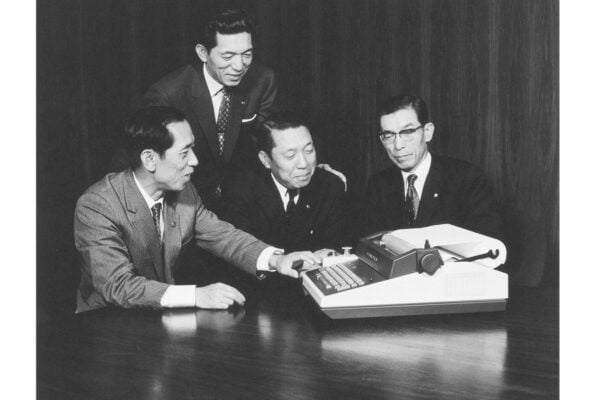Outstanding results with the fx-CG50 graphic calculator at Hamstead Hall Academy

With an ambitious objective to improve results and encourage students to take up maths at A-level, Hamstead Hall Academy in Birmingham decided to make the switch from scientific calculators to the new Casio fx-CG50 graphic calculator. The results have been outstanding.
We went into the school to find out why Executive Principal, Jonathan Mortimer, and Head of Maths, Melios Michael, were so proactive in making the move – and to ask the students their opinions of the new calculators, first hand.
Passing initial tests with top marks
Following recent changes in the curriculum – at both GCSE and A-level – more schools are integrating new technology into their lessons. Acknowledging the need to boost results within the maths department, Hamstead Hall Academy decided to trial the Casio fx-CG50 graphic calculator with Year 12 students, assessing the outcome of tests, both with and without the new technology. The trial was a great opportunity for the school to not only improve grades by giving students the best possible chance to learn – but do it in a way that felt exciting to everyone. Having seen students attaining results up to 10 marks higher than when they used scientific calculators, the graphic calculators have been adopted in Year 11 as well as Year 12, with the long term aim to get everyone in the school using them.
Discovering the benefits of new technology
Hamstead Hall Academy Executive Principal, Mr Mortimer, commented: “I’m quite fortunate that I still teach maths, and there has been a real buzz particularly from my A-Level students about the use of this technology.” He added: “There are many advantages. We are very keen to work with external partners and Casio was ideal in terms of pushing the innovation that we strive for across the whole school.” Other teachers at Hamstead Hall Academy agreed that the graphic calculators have helped to create a better profile for the maths department. Word soon spread that “new gadgets” were being used, which created excitement cross the school. Mr Michael said: “The fact that students can verify and check answers on the calculators means they start believing in themselves, so we’ve seen a change in the culture within the maths department.”
Why are teachers choosing to use the graphic calculators?
“To answer that question, the clue is in the name” said maths teacher, Eleri Golledge. “A lot of problems these days re heavily worded, especially at the advanced GCSE level, and sometimes students just fall into a trap of thinking ‘I can’t do this’. The calculator gives them the ability to visualise the problem and make steps towards solving it.” Mr Michael concurred: “Some students can visualise the maths in their heads and then memorise certain formulas, but many find it difficult to remember formulas and graphs – and then actually apply them – it’s those students I’ve seen a change in and they’re progressing faster.” As with any new technology, however, there are always challenges when it comes to adoption. Speaking openly, Mr Michael said: “Teachers have to get used to certain features, buttons and procedures – like with any other operating system, whether it’s a computer or a mobile phone. I’ve used spare slots within my department meetings to give training sessions so that teachers can see for themselves how the calculators make life easier.”
How are students benefiting?
Satisfying teachers is one thing, but when it comes to the students, enjoyment and ease of use is key. The students we spoke to felt more assured using the calculators: “It allows us to check our answers during tests – in exams we actually feel more confident because we know if we’ve got something right or we haven’t.” The most astonishing example we found, however, was in Year 11 student, Hassan, whose results improved dramatically. “At the start of the year I was achieving grade 4 and below, but now towards the end of the year I’m achieving a grade 7 and higher – it’s allowed me to have an extra qualification which is additional maths.” When asked about his achievement, Hassan responded: “The thing I like about maths is that it’s mysterious– there are a lot of links between different topics, for example within probability you can have a hidden quadratic inside the question. The graphic calculator allows you to see the quadratic while you’re focusing on other aspects of the problem.”
Endless possibilities
Most students found the graphic calculators particularly useful for integration and differentiation – as does Miss Golledge: “It’s been fantastic not have to go onto a search engine and load up graphing software. It’s instant. Press a button and it’s there. You can look at the limits in more detail, you can zoom in and out of a graphing integral.” It’s really no exaggeration to say that the introduction of the Casio fx-CG50 graphic calculator has helped to turn the Hamstead Hall Academy maths department around. Grades are higher, students are more confident and the school is now a model example of what can be achieved. Miss Golledge succinctly concluded: “With the new graphic calculators, the possibilities are endless.”



